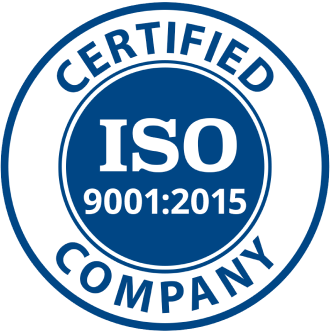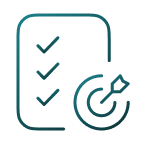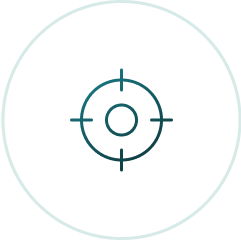
Discover solutions
Identify challenges, validate feasibility, and develop innovative fixes
Proof of Concepts and R&D services validate innovative ideas and technologies. We conduct thorough research, develop prototypes, and test feasibility, ensuring your projects are viable and ready for full-scale implementation.




You have a software project idea that could significantly impact your business. Before diving into design and development, it's crucial to understand the problems it addresses, the target audience, and whether the solution will genuinely add value. This is why the Discovery Phase is integral to the project lifecycle. It bridges the gap between concept and realization, defining the path to success.
Implement an effective research and development strategy to enhance existing products, launch new services and technologies, and prevent obsolescence. This approach will help you gain an innovative edge and meet unmet needs.
R&D as a Service (RnDaaS) accelerates your innovation's time-to-market by providing access to an experienced team of developers, ML engineers, QA specialists, and product managers.
Implement emerging technologies from industry leaders, with R&D professionals supporting your business in numerous ways.

Identify challenges, validate feasibility, and develop innovative fixes

Rapidly model ideas, features, and technologies to test usability

Understand potential objections and create an R&D strategy accordingly

Utilize client expertise to discover problems and possible solutions

Identifying problems and needs through brainstorming sessions with a multidisciplinary team of PwC specialists and the client's business experts.
Collaborate closely to develop a solution that fully satisfies the end user’s needs. This ensures an approach that addresses the problem effectively and enhances user experience.
Development of a solution through prototyping, utilizing the latest technologies. This approach allows for rapid testing and iteration, ensuring the final product meets your needs and leverages cutting-edge innovations.
Evaluate and implement the solution, providing comprehensive technical documentation to ensure a seamless handover.

Digitize and modernize numerous processes, reducing human labor inputs.

Achieve greater process predictability through prototyping and a step-by-step approach.

Develop unique solutions with our research and development department, utilizing the latest technologies.

Save significant time by eliminating the need to build internal competencies, resources, and ESS.
Proof of Concept, also known as PoC, is a term referring to the evidence gathered from an initial pilot project that is used to demonstrate that a theoretical idea for a project is achievable. PoCs are used in a wide range of different industries for different use cases which can include product development, business plans and more.
The PoC shows how a product idea can be launched, how it should function, and what it takes to achieve the desired goal.

A successful PoC is great for helping to gather feedback from key stakeholders involved in the project at an early stage. Once they can see the software solution in action, they’ll be able to provide feedback throughout. It’s beneficial to capture this feedback early, before full development, to allow flexibility and room for adjustments before it’s too late. Both positive and constructive feedback can be incredibly helpful in making sure that the project is heading in the right direction.

Proof of Concept also allows the software development team to offer feedback and insights about the technical aspects of the software. As the ones that will be actually building the software, they can actually test it to see if it’s technically possible. If not, you can go back to the drawing board and develop your concept so that it’s ready for development.

There is a strong correlation between a good PoC and improved efficiency during project work. Firstly because participants in the Proof of Concept phase have better insights into current problems and challenges and this enables them to respond to difficulties. It is much easier to wrestle with issues when they are clearly articulated. In addition, everyone can bring a completely different perspective to the design process, which increases the effectiveness of the PoC.

A Proof of Concept defines the target market need for the software and demonstrates what problem it will solve and how it will do so. To demonstrate this in the PoC, you’ll need to carry out research with your intended audience. This helps prove, rather than just speculate, that your software will be received positively by your target users – minimising the risk that your software idea won’t be successful upon launch. Getting user feedback can also help you to flag any issues your team may not have spotted themselves.

There is a strong correlation between a good PoC and improved efficiency during project work. Firstly because participants in the Proof of Concept phase have better insights into current problems and challenges and this enables them to respond to difficulties. It is much easier to wrestle with issues when they are clearly articulated. In addition, everyone can bring a completely different perspective to the design process, which increases the effectiveness of the PoC.

A PoC also allows you to more accurately plan your project. It will give you a much clearer understanding of the time, resources, effort and costs involved, and will allow you to manage them accordingly. This will prevent surprises like delayed timeframes or the need for extra resources.

Complete research


Define the solution


Deliver a prototype


Present the PoC






Your message was successfully sent
We will answer you in 3 business day